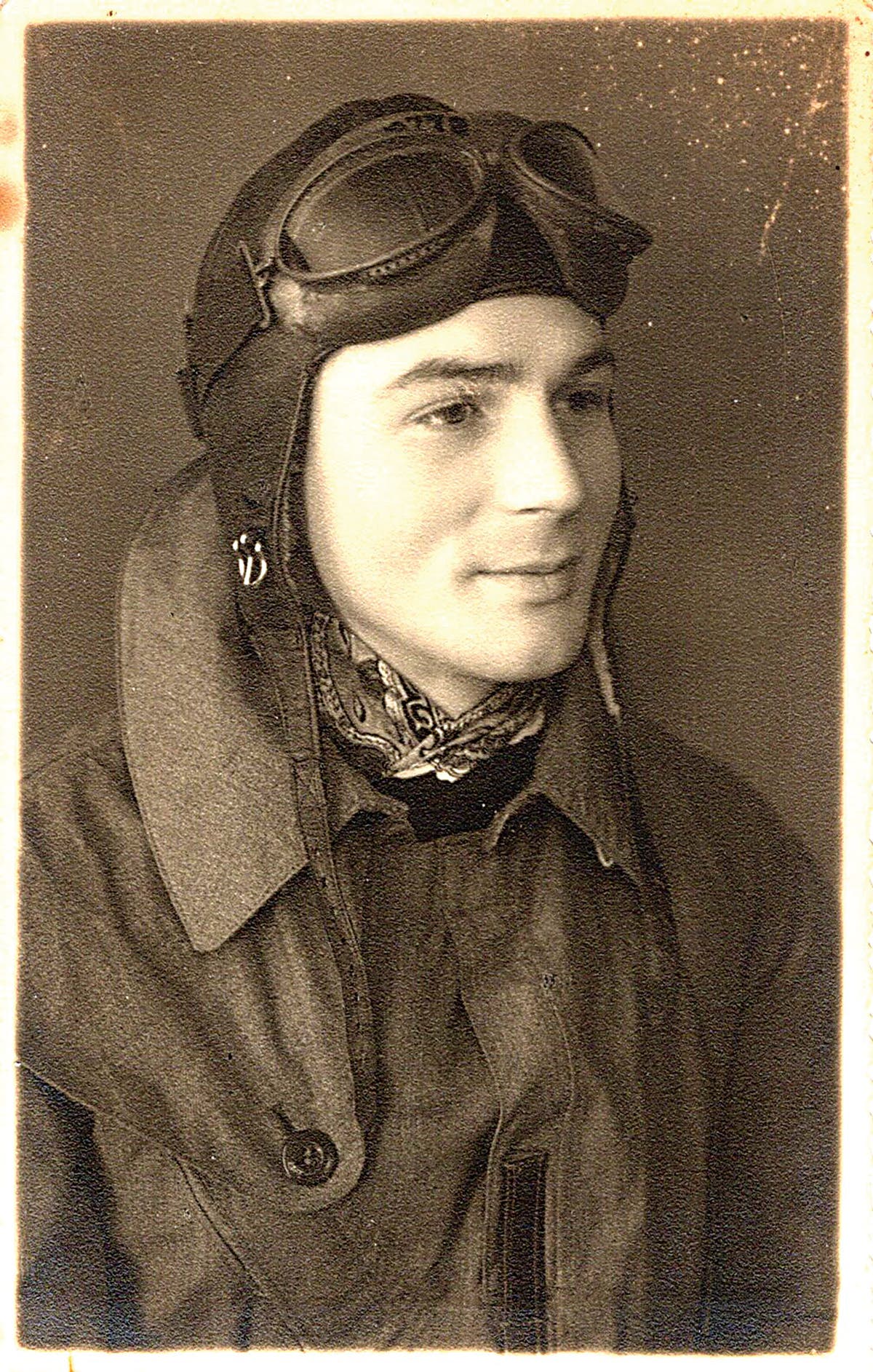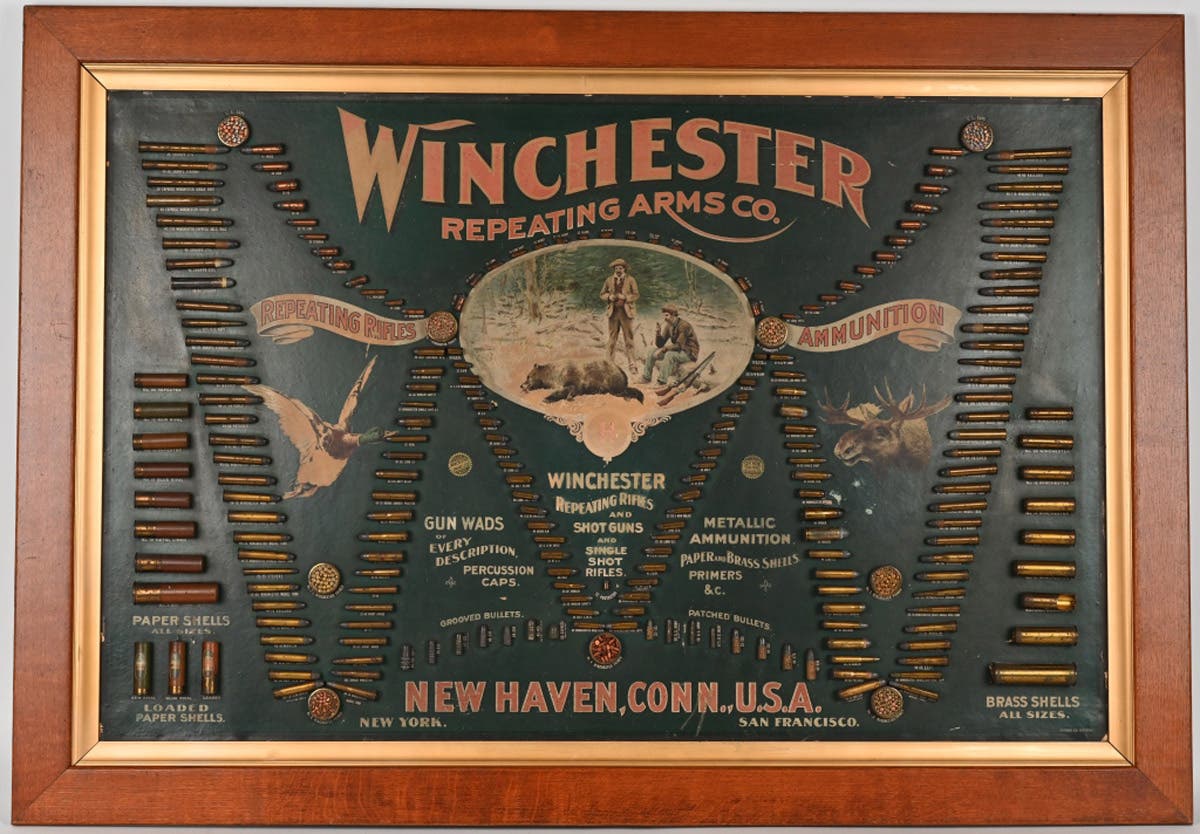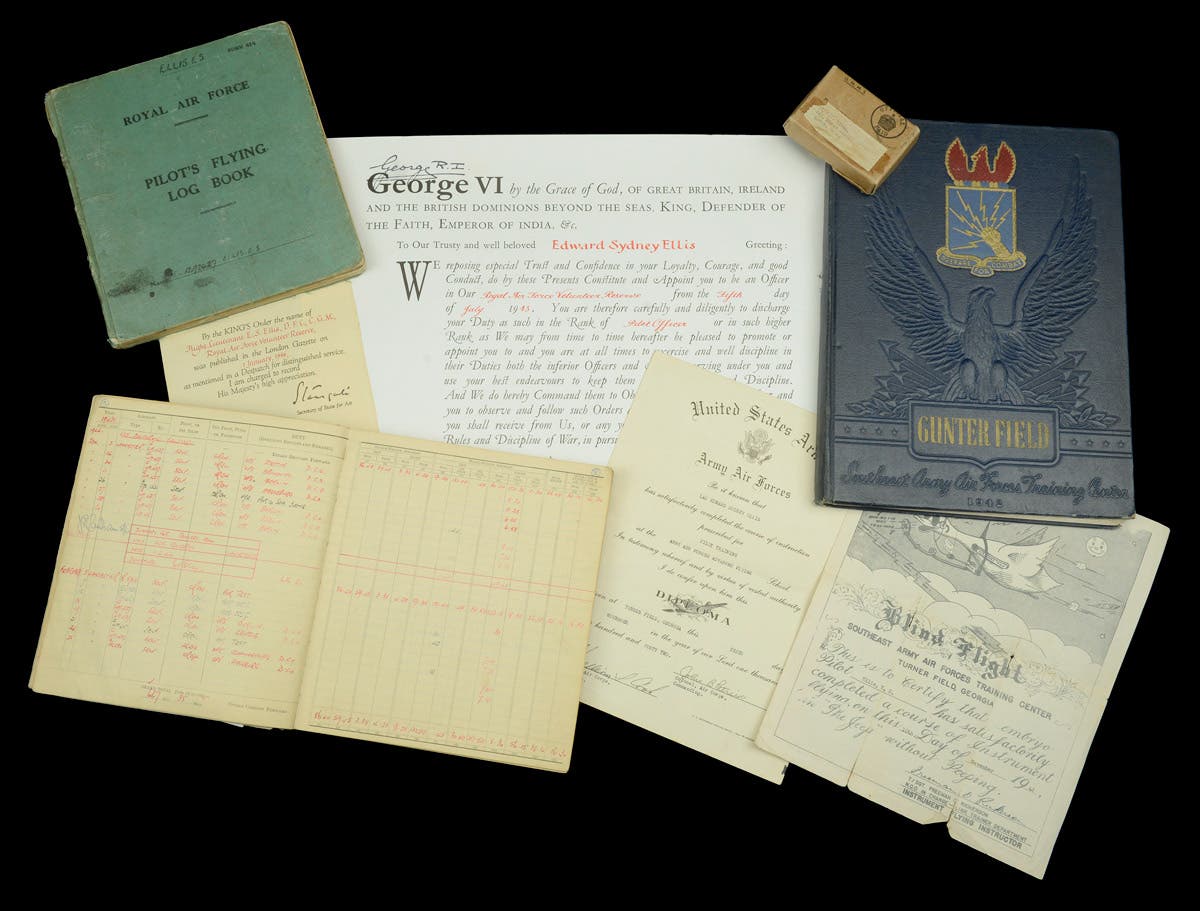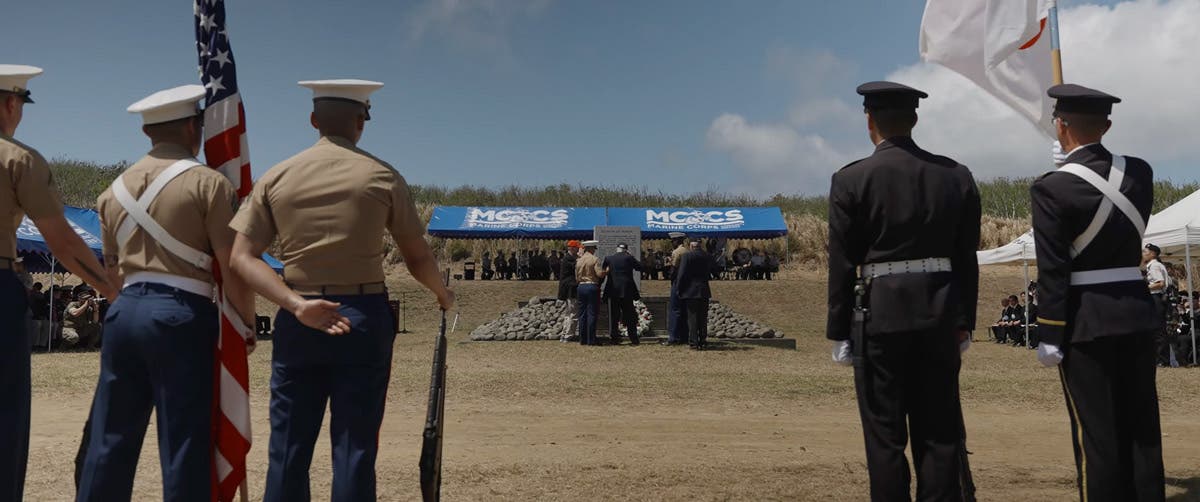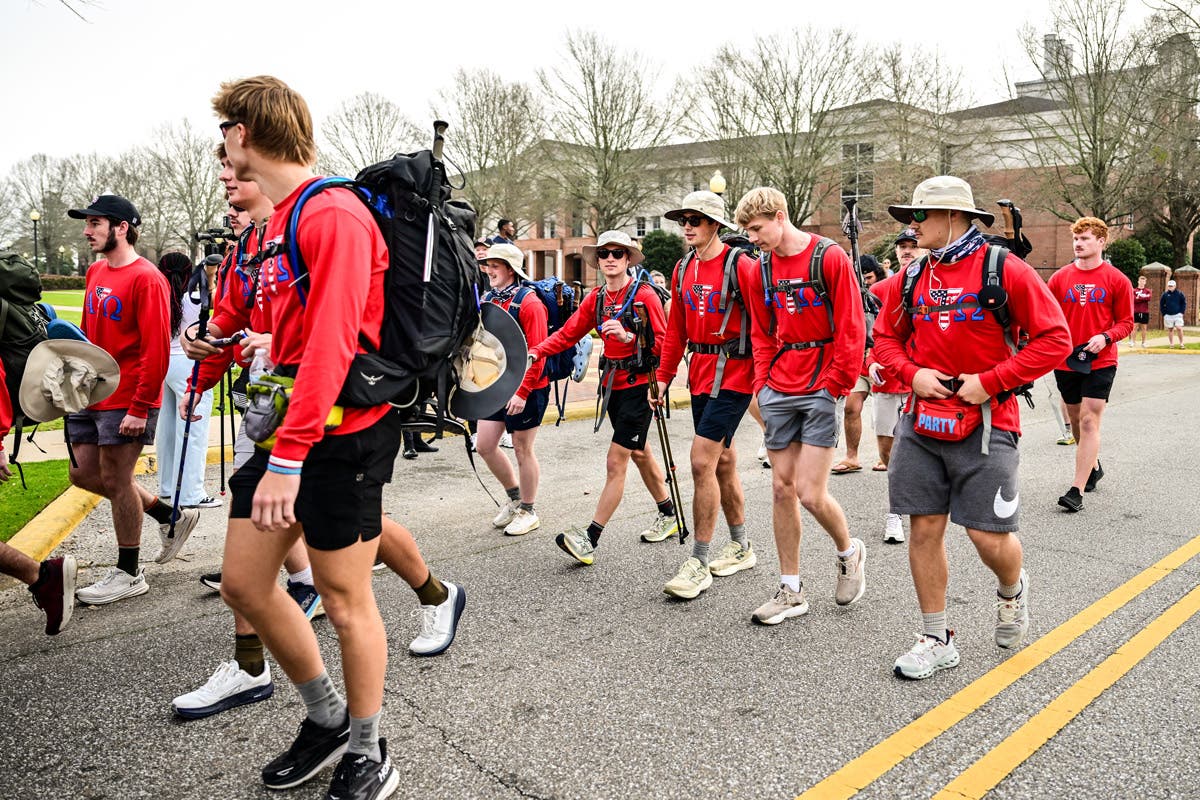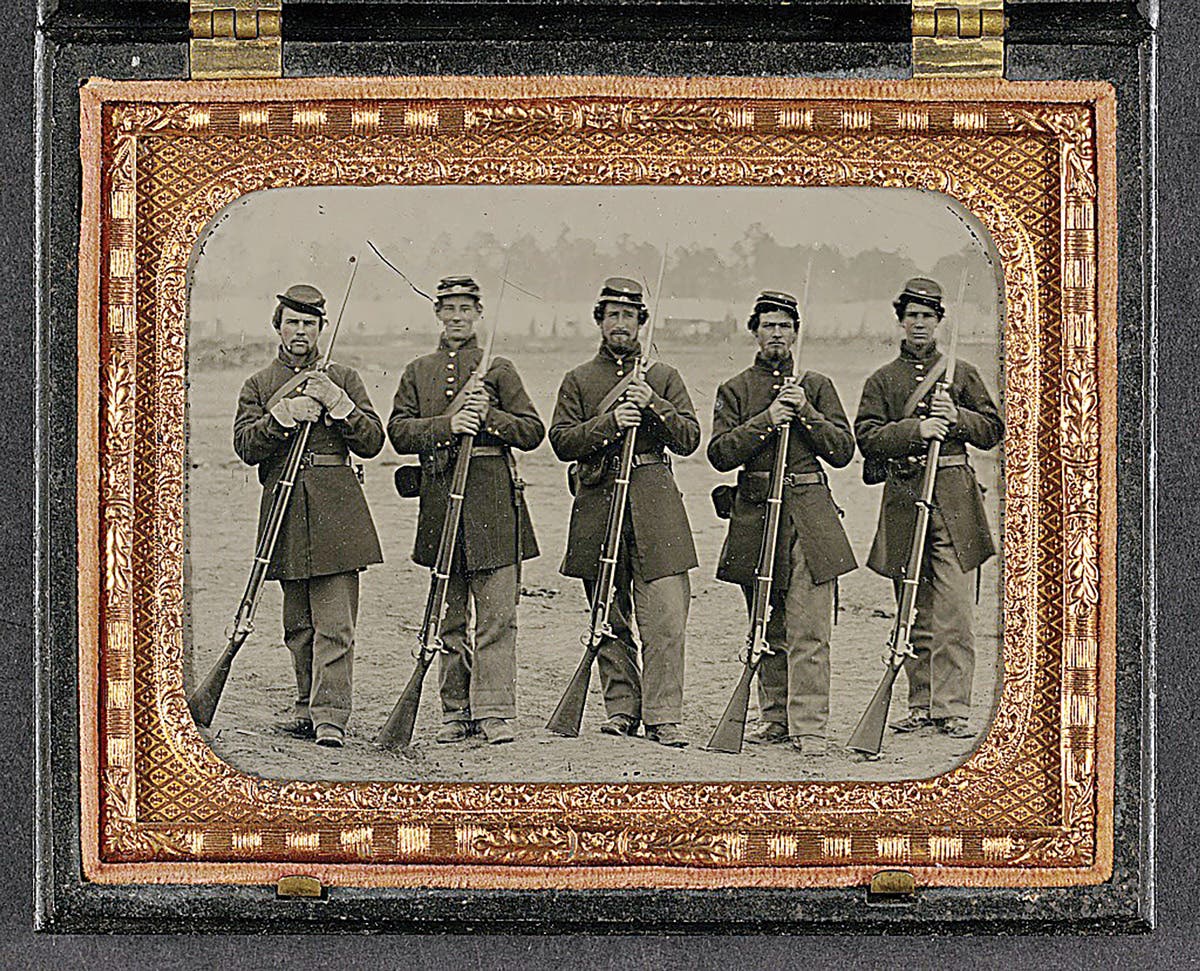British WWII Airborne, Dispatch Rider, and Tank Crew Helmets
Know how to distinguish between these valuable WW2 helmets
The success of the German paratroopers early in the war inspired the British army to form their own airborne units, and it was immediately clear that a new type of helmet would need to be introduced. The basic MkII was utterly impractical for a paratrooper and soon a variety of training helmets—mostly made of rubber or padded leather—were introduced. The first steel helmet was produced at the BMB factory in 1941 and these early “P Type” helmets only numbered between 500 and 1000 units. It featured a non-magnetic manganese steel shell with a rubberized rim and a lining with interior padding that was remarkably similar to the German M36/40 design. These helmets, because of the relatively small numbers that were issued, have become very rare and are seldom seen for sale.
The next step in the evolution of the British helmet came in 1942. This helmet featured a similar shell design, but with a thick vulcanized fiber band rim that clearly distinguishes it from the German model, along with a four-point chinstrap system and a band of sorbo rubber for padding. These earliest helmets used leather chinstraps and are considered quite rare. This helmet is simply known as the “Airborne Helmet” today by collectors. These have occasionally faked as well, and modern replicas are being produced for re-enactors.
The next version of the helmet was actually deemed the MkI paratrooper helmet and this has led to some confusion with the previous—as well as later—versions. This helmet is similar to the aforementioned helmet but without the fiber rim. Otherwise this design is virtually identical. This helmet was produced for a short time before being upgraded once again. Thus collectors most commonly encounter the MkII helmet version, mainly because it remained in service in the years following the war.
This helmet differed from the previous version in that it used a two-piece webbing harness instead of a leather chinstrap, and this was attached via three external screws. This was the primary helmet used World War II and is often sought after by collectors. This helmet was put back into production in 1952 and was also produced in Belgium under license.
Collectors today should carefully examine any helmet, because as has already been mentioned it can be tough to distinguish a wartime helmet from that made much later. It should also be noted that unlike their American or even German counterparts the British troops, including the Red Devils of the 1 Airborne Division, often discarded their helmets following landing. Those issued during WWII are often a dark olive green while post-war helmets are usually encountered in a brighter green, but this is far from a perfect way to judge the authenticity of a helmet. Likewise, the leather chinstrap of the MkI model has been copied, and it takes little effort to put a fake strap on a MkII and call it a MkI.
The basic MkI paratrooper helmet shell was also not used exclusively by the airborne divisions. The Royal Armoured Corps adopted the basic MkI paratrooper shell, but with the addition of the Helmet Steel MkII liner. From the outside it is actually easy to see that this isn’t a paratrooper helmet as it has a single rivet at the top of the dome, and one rivet on each side for the chinstrap mount. This helmet was officially designated as Helmet, Steel, Royal Armoured Corps, MkI. It was replaced by the modified MkII, which used the same “Lift the Dot” design, in 1944 and both versions of the helmet were used during the war. The post-war MkV “Turtle Shell” liner system had been used with these helmets in the 1950s as well, but there seems to be no later designation of the Royal Armoured Corps tank helmet. This helmet pattern remained in service with the British army until 1973, and was used on board ships by the Royal Navy until the 1980s!
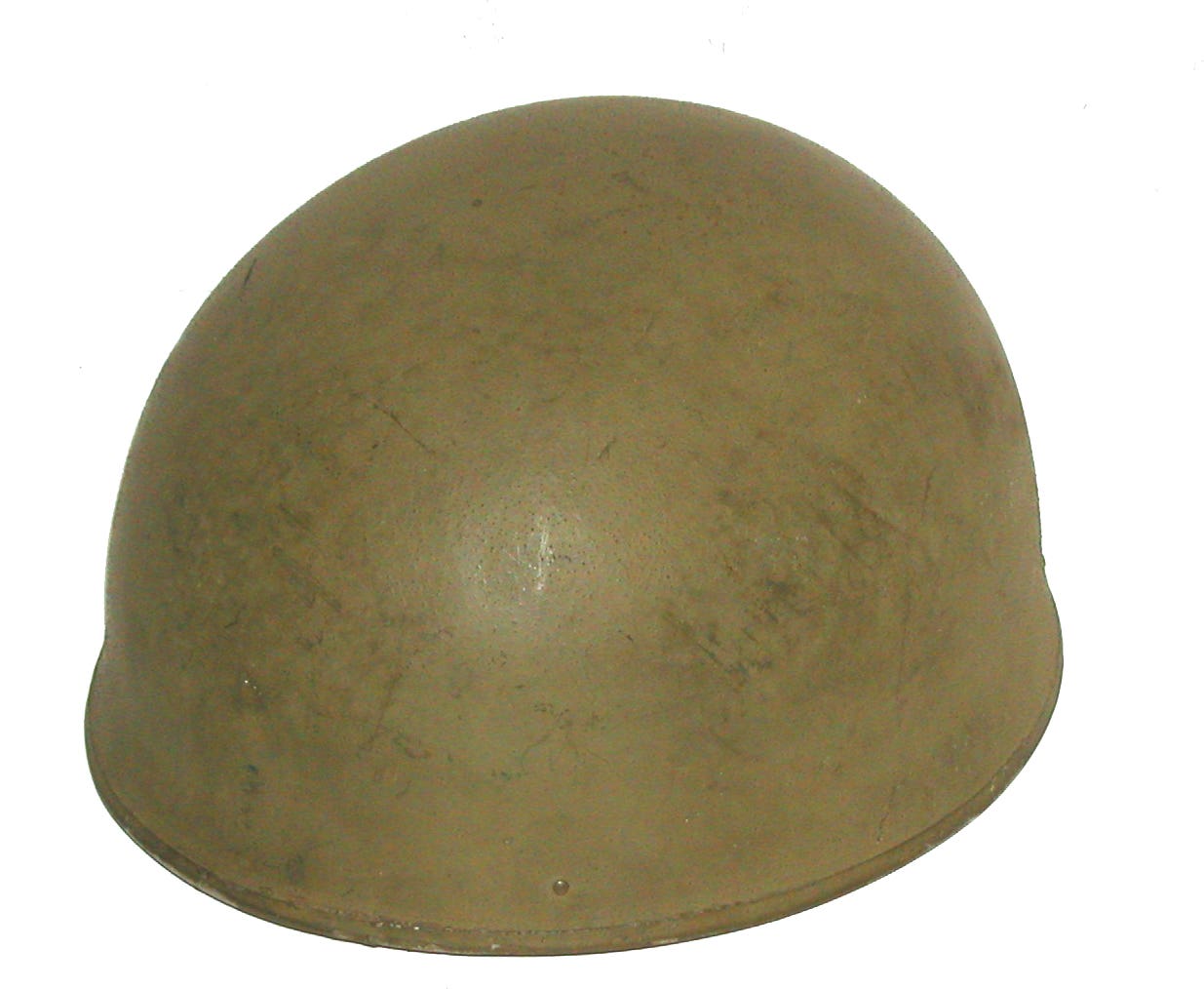

Finally, another similar helmet was also introduced in 1942 as the Helmet, Steel, Dispatch Rider MkI. This helmet again had the basic MkII paratrooper shell, but with a special liner that included a front head pad and leather neck flap. These helmets were produced in great quantities, and many seem to have never been issued, and are still much more affordable than the World War II paratrooper helmet.
As an Amazon Associate, Military Trader / Military Vehicles earns from qualifying purchases.
Peter Suciu is a freelance journalist and when he isn't writing about militaria you can find him covering topics such as cybersecurity, social media and streaming TV services for Forbes, TechNewsWorld and ClearanceJobs. He is the author of several books on military hats and helmets including the 2019 title, A Gallery of Military Headdress. Email him and he'd happily sell you a copy!



